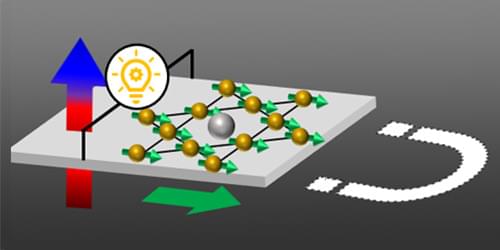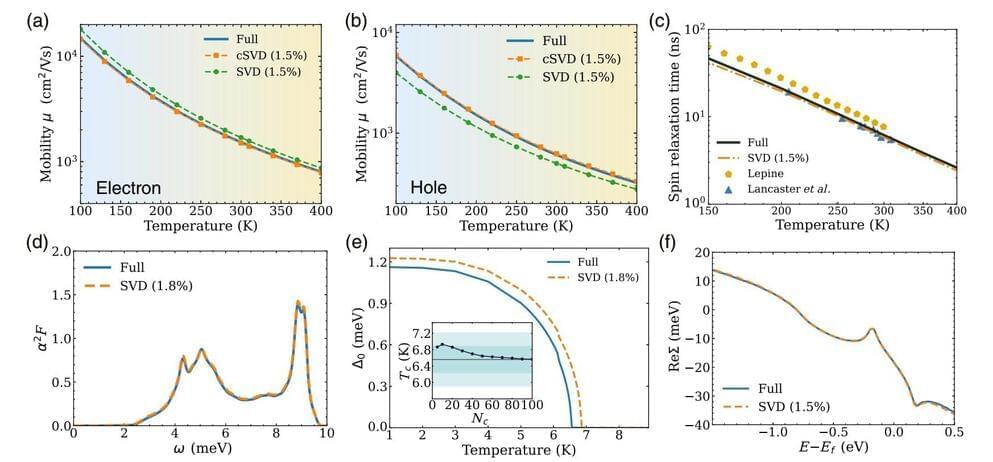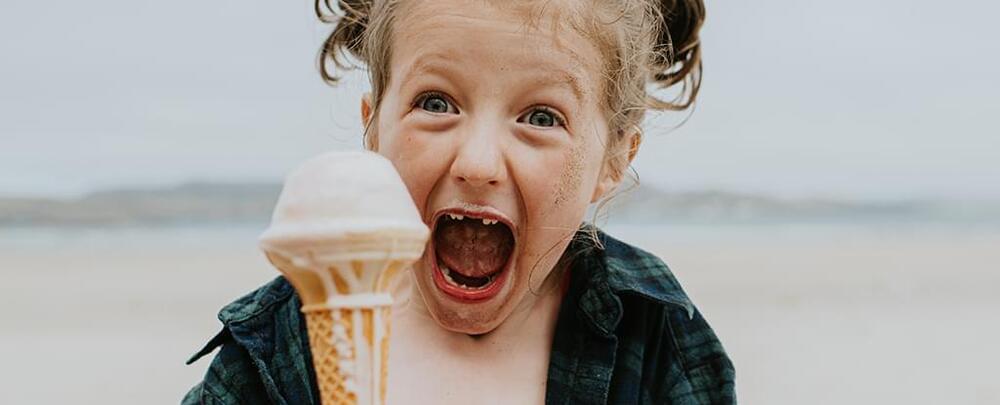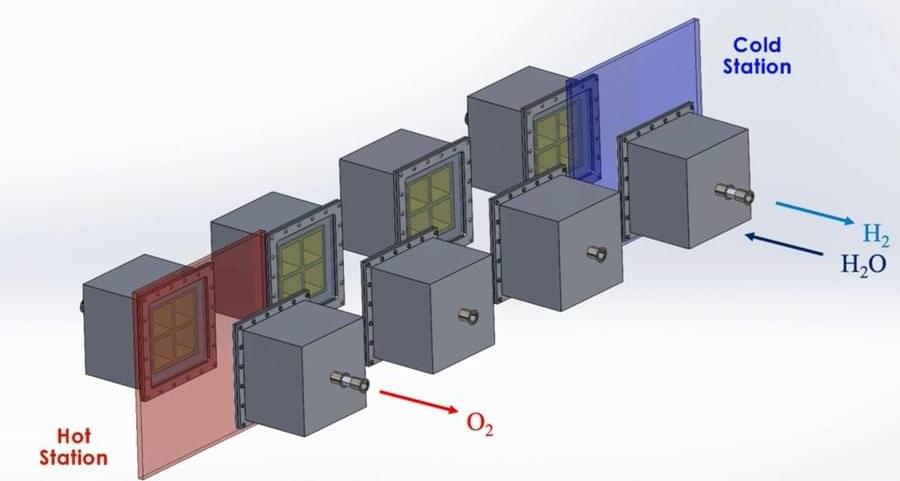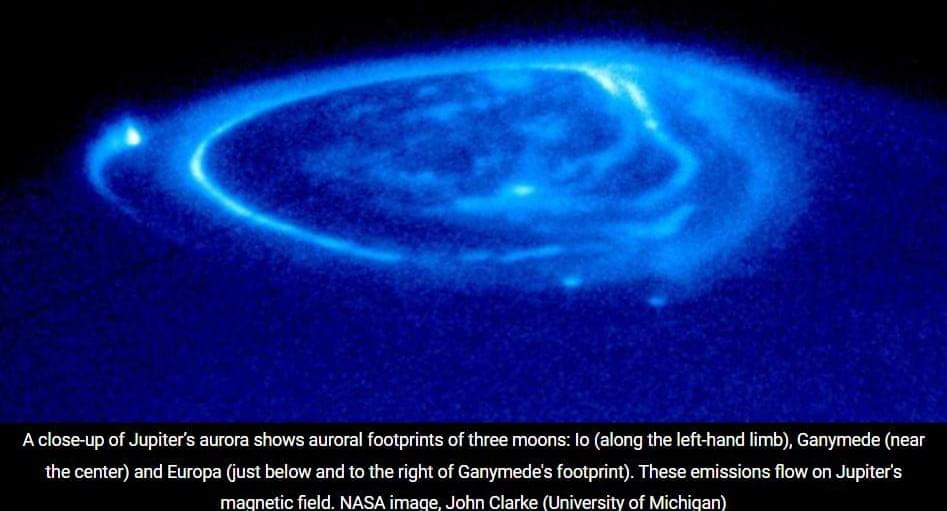We’d need an astronomical amount of resources to construct a Dyson sphere, a giant theoretical shell that would harvest all of a given star’s energy, around the Sun.
In fact, as science journalist Jaime Green explores in her new book “The Possibility of Life,” we’d have to go as far as to demolish a Jupiter-sized planet to build such a megastructure, a concept first devised by physicist Freeman Dyson in 1960.
“If you wanted enough material to build such a thing, you’d essentially have to disassemble a planet, and not just a small one — more like Jupiter,” Green writes in her book.


